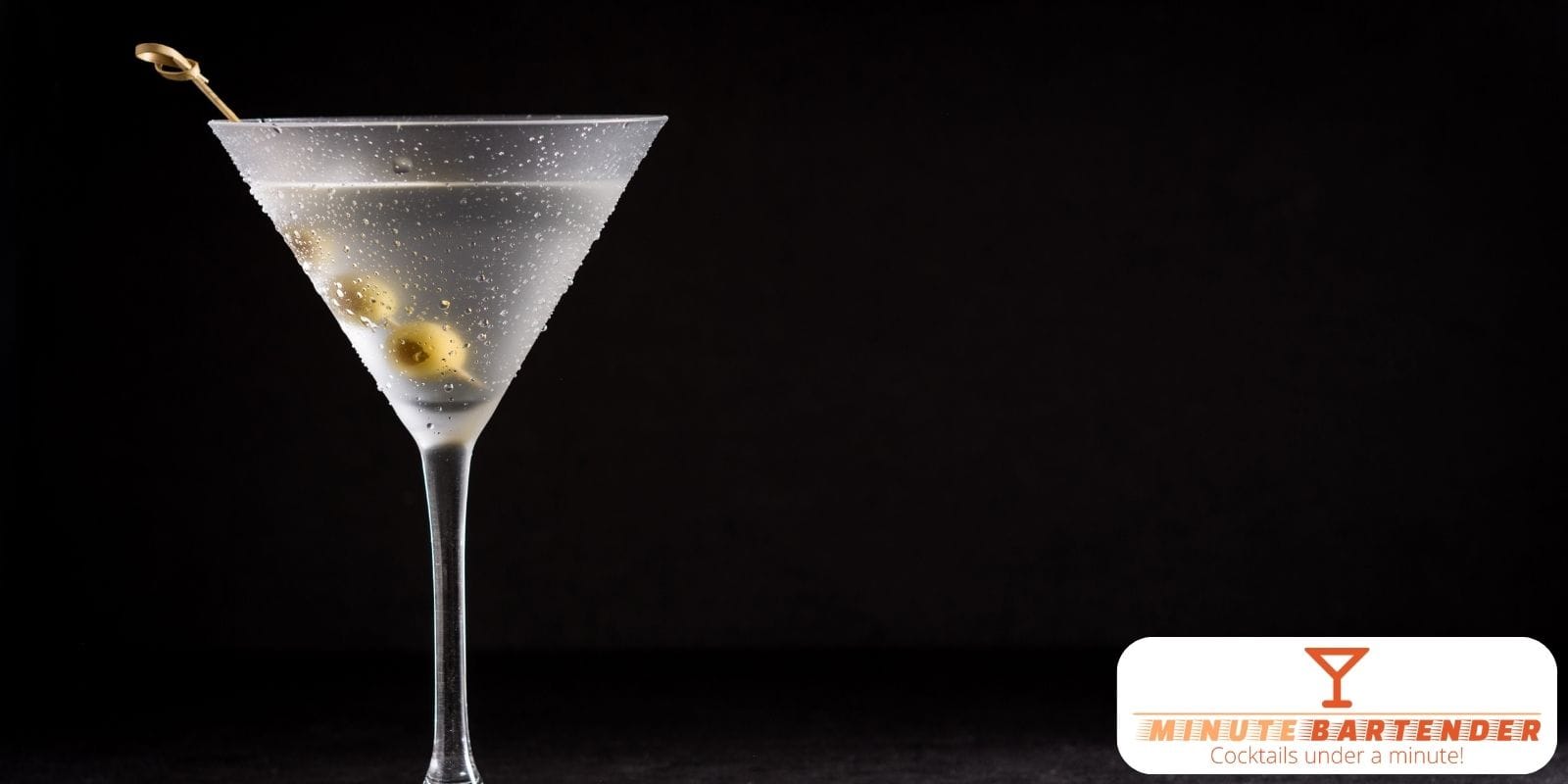Cornell Cocktail Ingredients
- 2 oz gin
- 1 oz dry vermouth
- 1/4 oz maraschino liqueur
- 2 dashes Angostura bitters
Cornell Cocktail Step by Step Mixing Guide
- Fill a cocktail shaker with ice.
- Add the gin, dry vermouth, and maraschino liqueur to the shaker.
- Stir the mixture gently for 20-30 seconds to chill and dilute the ingredients.
- Strain the cocktail into a chilled coupe or martini glass.
- Add 2 dashes of Angostura bitters to the top of the drink.
- Garnish with a lemon peel or a maraschino cherry, if desired.
- Serve and enjoy your ‘Cornell’ cocktail.
Alternative Ingredients and Substitutes for Making Cornell
When crafting a Cornell cocktail, the original ingredients may not always be readily available or suitable for everyone’s dietary needs. Here are some alternative options you can consider:
- Gin – Can be substituted with vodka for a slightly different flavor profile.
- Dry vermouth – For those who prefer a non-alcoholic option, you can use non-alcoholic wine or grape juice. Some alcohol-free vermouth alternatives are also available.
- Maraschino liqueur – If you can’t find maraschino liqueur, you can try using cherry juice or syrup to achieve a similar flavor.
- Angostura bitters – For a non-alcoholic alternative, consider using aromatic bitters or cherry bitters.
What I Really Like About Cornell
What I love most about this cocktail is its impeccable balance of flavors. The combination of gin, dry vermouth, maraschino liqueur, and Angostura bitters creates a harmonious symphony on the palate, where each ingredient plays a distinct yet complementary role.
The gin’s botanical notes provide a firm foundation, while the vermouth lends a touch of herbal complexity and the maraschino liqueur adds a subtle sweetness to the mix. The bitters then step in to add depth and a hint of spice, rounding out the flavors in a truly delightful way.
Another aspect of the Cornell that I find particularly appealing is its versatility. While it’s a classic cocktail that can be enjoyed on its own, I also find it to be an excellent companion to a wide range of foods, from light hors d’oeuvres to heartier main dishes. The cocktail’s balanced profile allows it to seamlessly pair with a variety of culinary flavors, making it a versatile choice for any occasion.
But what truly sets the Cornell apart for me is its ability to evoke a sense of elegance and sophistication. The smooth, velvety mouthfeel and the elegant presentation of the drink create an air of refinement that I simply adore. It’s the kind of cocktail that makes me feel like I’m indulging in a little bit of luxury, even on the most ordinary of days.
Overall, the Cornell Cocktail is a true standout in the world of classic cocktails. Its harmonious blend of flavors, versatility, and air of sophistication make it a must-try for any cocktail enthusiast looking to expand their repertoire and discover a new favorite.
Cornell Cocktail History
The Cornell cocktail can be traced back to the early 20th century, where it emerged as a popular choice among the sophisticated social circles of New York City. The name itself is a nod to Cornell University, the prestigious Ivy League institution located in Ithaca, New York.
Now, what sets the Cornell cocktail apart from its contemporaries? Well, it’s a true reflection of the era’s penchant for elegance and refinement. The cocktail’s balanced blend of flavors, with its distinct spirit base and subtle accents, created a harmonious and sophisticated drinking experience.
As the decades passed, the Cornell cocktail managed to maintain its allure, becoming a staple in the repertoire of seasoned bartenders and cocktail connoisseurs alike. Its enduring popularity can be attributed to the timeless appeal of its flavor profile, which seamlessly integrates the robust character of the spirit with the delicate nuances of its supporting ingredients.
Throughout its evolution, the Cornell cocktail has remained a testament to the art of mixology, captivating the palates of those who appreciate the finer details of a well-crafted libation. Whether sipped in a dimly lit speakeasy or enjoyed during a lively social gathering, this cocktail continues to enchant and delight.
In the ever-evolving world of cocktail culture, the Cornell stands tall as a shining example of the enduring allure of classic cocktails. Its rich history and refined taste make it a must-try for any aficionado seeking to expand their drink repertoire and immerse themselves in the captivating world of mixology.
Cornell Cocktail Taste Profile
When it comes to cocktails, the Cornell is a true delight for the senses. This elegant creation offers a unique taste profile that is both sophisticated and refreshing, making it an excellent choice for those seeking a balanced and flavorful drinking experience.
The Cornell‘s aroma is a captivating blend of citrus and herbal notes, with a subtle hint of sweetness that tantalizes the nose. As you take the first sip, the palate is greeted with a smooth and well-rounded sensation, where the flavors of the spirit and the subtle botanical accents seamlessly intertwine. The overall mouthfeel is silky and luxurious, with a gentle warmth that lingers pleasantly on the tongue.
The real charm of the Cornell, however, lies in its ability to strike a perfect balance between the various taste elements. The spirit’s inherent character is never overpowered, but rather complemented by the carefully selected modifiers, resulting in a harmonious and well-integrated flavor profile. The finish is clean and refreshing, leaving you eager for the next sip and ready to savor the nuances of this sophisticated cocktail.
Serving Suggestions for Cornell Cocktail
When it comes to the classic Cornell cocktail, the key is to serve it in a way that accentuates its delightful flavors. Consider offering it as a pre-dinner aperitif, as the crisp, herbal notes can help stimulate the appetite. Alternatively, it makes for a wonderful after-dinner sipping drink, allowing your guests to savor the complexity of the blend. For a more casual setting, the Cornell can also be enjoyed as a refreshing libation on a warm summer evening.
Appropriate Glassware for the Cornell Cocktail
The Cornell cocktail is typically served in a classic coupe or Nick and Nora glass. These elegant, shallow stemmed glasses help showcase the cocktail’s vibrant color and allow the aroma to flourish.
The curved shape of the coupe also helps retain the cocktail’s effervescence, ensuring each sip is as delightful as the first. For a more formal presentation, you can also consider serving the Cornell in a classic martini glass, which lends an air of sophistication to the drink.
Garnishing Tips for the Cornell Cocktail
When it comes to garnishing the Cornell cocktail, less is often more. A simple lemon twist or a delicate sprig of fresh thyme can be an elegant touch, allowing the drink’s flavors to take center stage. Avoid overpowering the cocktail with heavy or distracting garnishes. For a touch of flair, you can also consider expressing a lemon peel over the surface of the drink, releasing the citrus oils and adding a subtle aroma.
Serving Temperature for the Cornell Cocktail
The Cornell cocktail is best enjoyed well-chilled, but not overly iced. Aim to serve it at a temperature between 38-42°F (3-6°C). This range allows the flavors to shine without becoming diluted or muted. To achieve the perfect serving temperature, consider stirring the cocktail with ice for 20-30 seconds before straining it into the prepared glass. This ensures the drink is pleasantly cool, without becoming watered down.
Great Appetizers to Pair with a Cornell Cocktail
The Cornell cocktail, with its balance of botanicals from gin, the herbal notes of vermouth, and the subtle sweetness of maraschino liqueur, pairs best with light, savory appetizers that complement the drink’s complex flavors. These appetizers should be able to stand up to the cocktail’s assertive profile without overpowering it.
- Marinated Olives – The briny, umami-rich flavors of marinated olives can stand up to the gin and vermouth in the Cornell, and the acidic notes can help cut through the cocktail’s richness.
- Prosciutto-Wrapped Melon – The sweet and salty combination of prosciutto and melon provides a refreshing contrast to the Cornell‘s herbaceous and botanical notes.
- Baked Brie with Cranberry Compote – The creamy, decadent brie and the tart, fruity compote can balance the cocktail’s spirit-forward profile.
- Roasted Spiced Nuts – The warm, earthy spices of the roasted nuts can complement the gin and vermouth, while the crunch provides a textural contrast to the cocktail.
- Grilled Shrimp with Lemon Aioli – The light, bright flavors of the grilled shrimp and the lemon aioli can cut through the cocktail’s richness and provide a refreshing pairing.
Cornell Cocktail Alcohol by Volume (ABV)
The Cornell cocktail is a classic gin-based cocktail that features a blend of dry vermouth, maraschino liqueur, and Angostura bitters. The Alcohol by Volume (ABV) for this cocktail is relatively high, coming in at around 27-30% ABV.
With 2 oz of gin, 1 oz of dry vermouth, and 1/4 oz of maraschino liqueur, the Cornell cocktail falls into the “medium” to “high” ABV range. This means that the cocktail has a significant amount of alcohol content, and it’s important to consume it with caution.
On average, an individual can typically consume 2-3 Cornell cocktails before the effects of the alcohol become noticeable and potentially impair their alertness and coordination. However, it’s important to note that individual tolerance levels can vary, and factors such as weight, gender, and metabolism can all affect how the body processes alcohol.
To encourage responsible drinking, it’s recommended to pace yourself when enjoying a Cornell cocktail, and to be mindful of the number of drinks consumed. Additionally, it’s always a good idea to have a plan for getting home safely, such as designating a driver or arranging for alternative transportation. Remember, the safety and well-being of yourself and others should always be the top priority when consuming alcoholic beverages.
Nutritional Values of the Cornell Cocktail
- Calories: 150
- Total Fat: 0g
- Saturated Fat: 0g
- Trans Fat: 0g
- Cholesterol: 0mg
- Sodium: 5mg
- Total Carbohydrates: 15g
- Dietary Fiber: 0g
- Total Sugars: 13g
- Protein: 0g











